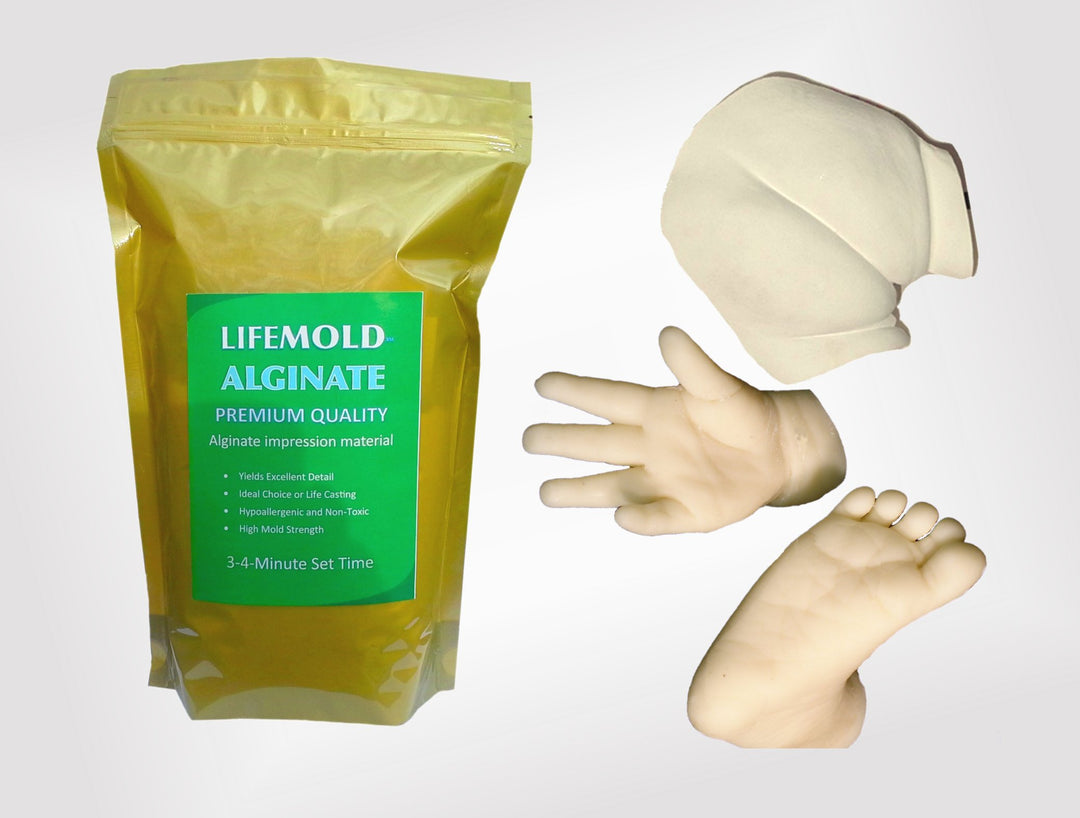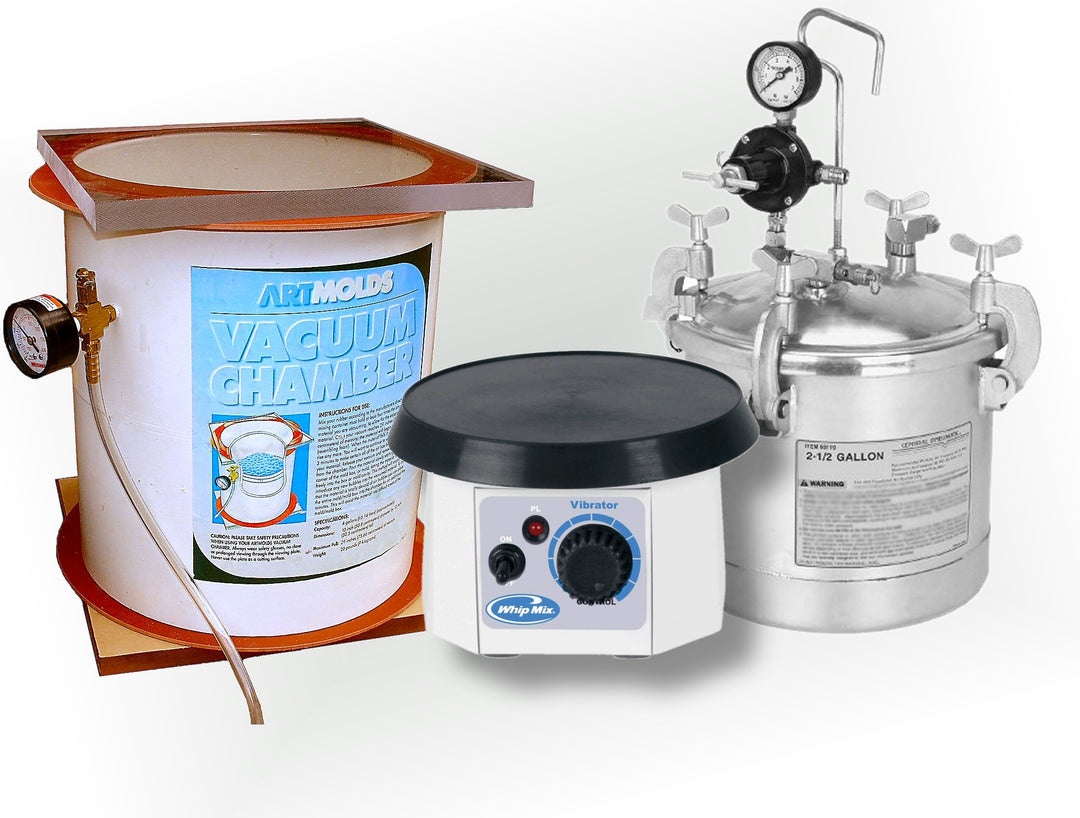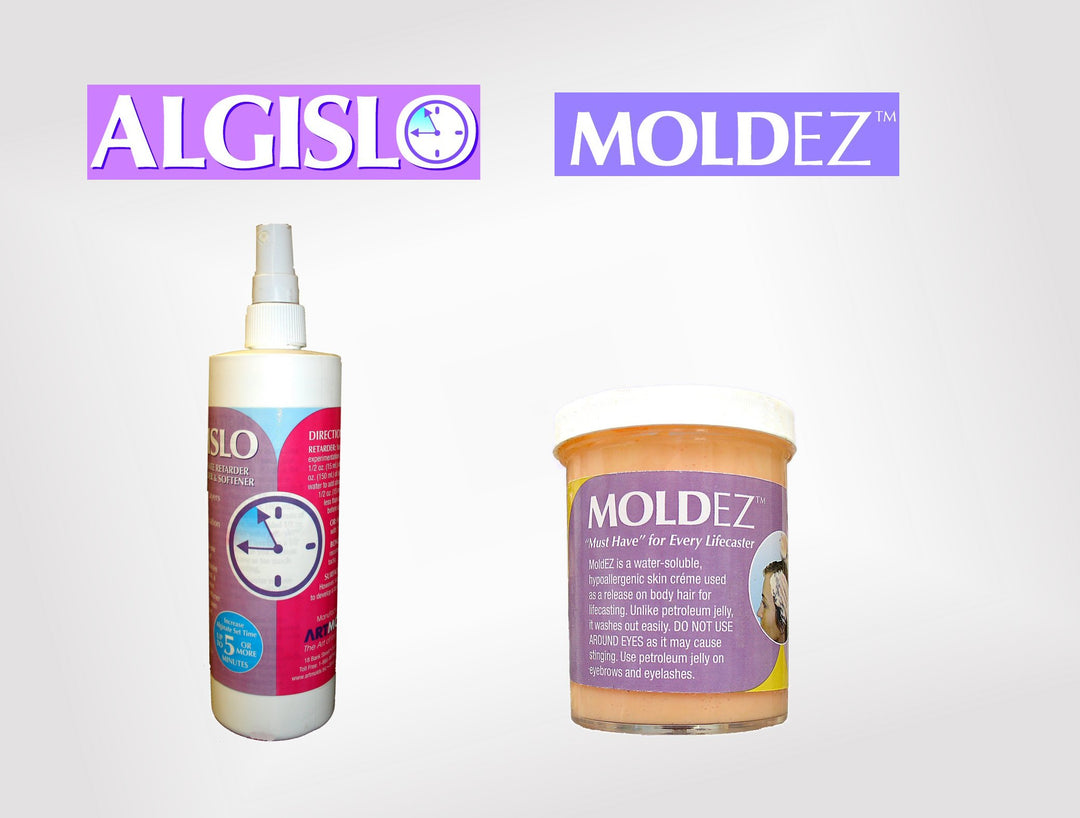SUBSCRIBE TO OUR BLOG
Subscribe to get special offers, free giveaways, and once-in-a-lifetime deals.When it comes to making plaster casts, CastRite Art Casting Stone emerges as an ideal casting material. This is because it is stronger, more porous, provides better detail and remains durable as well.
Plaster is a favored material for making castings. There are many factors that stand plaster casting in good stead. It is easy to use – just mix with water and pour into the mold (maintaining the right consistency remains important and mixing should be done properly to avoid both lumps and air bubbles). The strength and durability quotient is high and the material is affordable as well.
Another good thing about plaster is that it can be used to make molds as well. Not many people may be aware that plaster molds are regularly used for making metal castings. The molten metal (including non-ferrous metals) is poured into the mold and will create metal casts with an excellent surface finish and good dimensional accuracy.
But plaster should not be used on the skin as the curing releases heat that can cause burns. Yet, plaster infused bandages can be applied on the body to make form molds. Going further, many people even prefer to use plaster as a filler (usually in resin castings). This will reduce the material costs and still deliver an excellent casting.
Then again, casting artists should keep in mind that generic plaster of Paris is usually not recommended for making casts. This is primarily because this material does not hold details well. The casts will have a tendency for chalking and flaking; they may even chip or crack over time. That’s not all – exposure to moisture causes plaster of Paris to turn solid to the extent that it cannot be carved or tooled in any manner.
A Better Choice
CastRite Art Casting Stone may seem similar to plaster of Paris, but the material is specially heat treated for fine art casting. This makes it a gypsum-based plaster of Paris that will create hard casts that can hold great detail without chalking or chipping in the future. Even though it sets fairly hard, the cast can be carved or tooled as desired.
The high-definition powder features mixing proportions and ease of use similar to regular plaster of Paris. The casting will yield a bright white finish, but colored pigments or even water-based paints can be added to create the desired effect.
Then again, the same plaster powder can be used to make shell molds, latex slip castings and even backup flexible molds. In fact, it is the material of choice for making latex masks, props and other latex castings.
When making plaster molds, fiberglass fiber can be added to enhance the strength of the material. In fact, even large plaster casts will require reinforcing with hemp fiber, fiberglass or wire mesh.
In sum, CastRite Art Casting Stone can be used to make strong solid casts, especially art castings like figurines, statuary, picture frames, restoration works and life castings.







Leave a comment